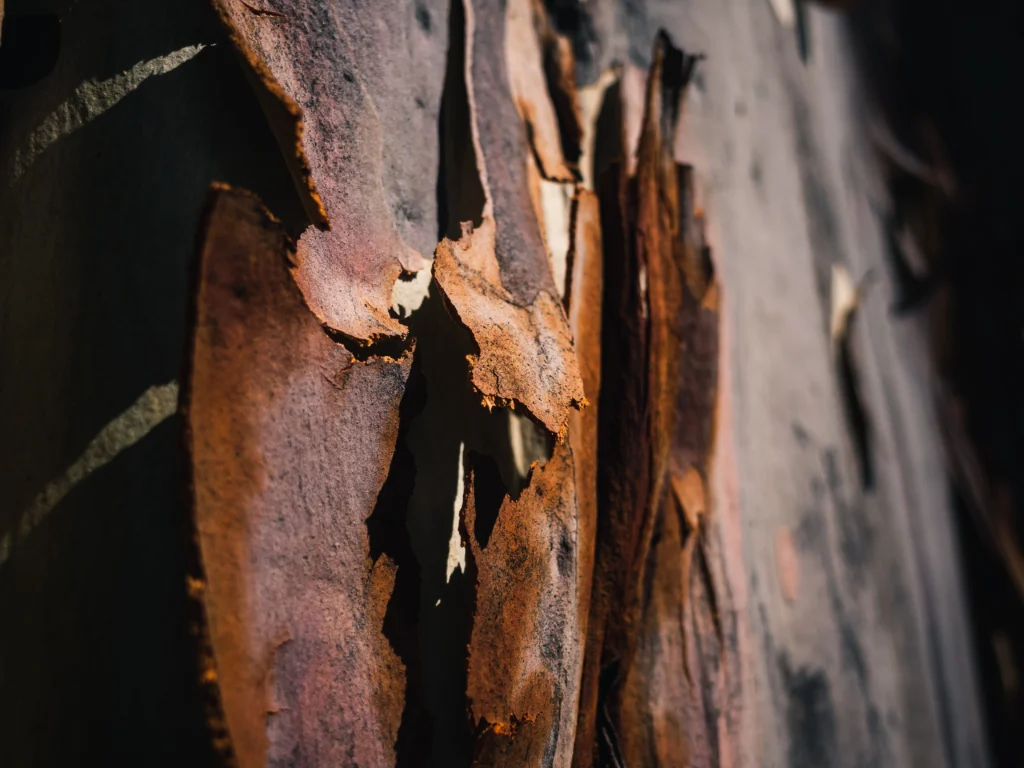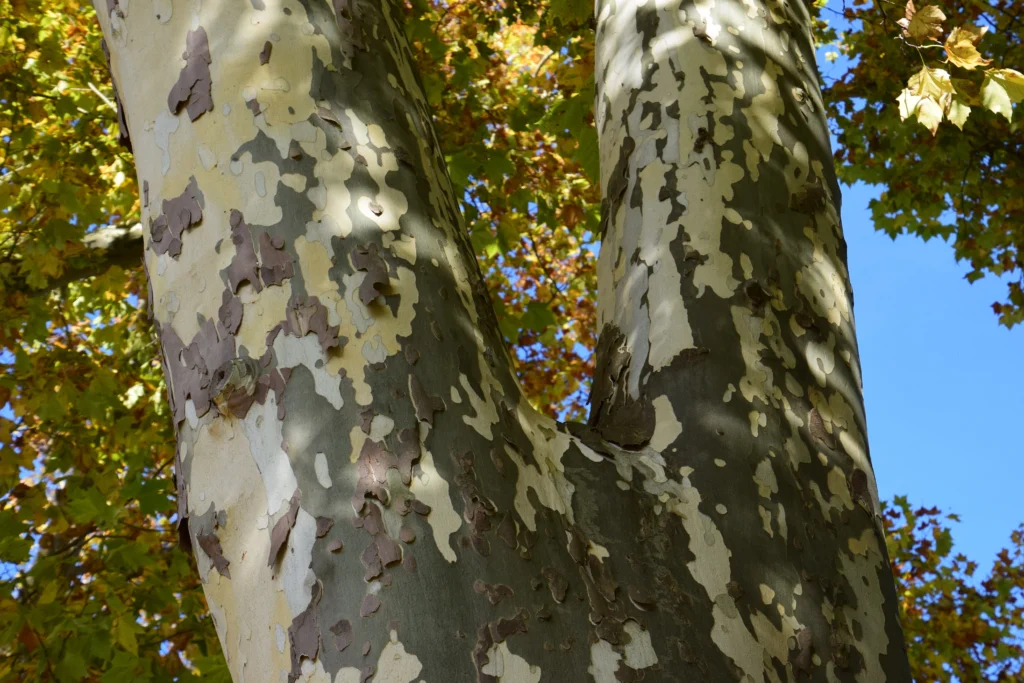
Trees that shed their bark can often cause alarm among Troy, IL homeowners and garden enthusiasts. However, bark shedding is a natural process for many tree species and can be a sign of healthy growth and renewal. In this blog, we’ll explore why some trees shed their bark during summer, which species are known for this characteristic, and what you should do to care for these trees.
Why Do Some Trees Shed Their Bark?
Bark shedding is part of a natural growth cycle for many trees. As trees grow, their old bark becomes too tight and is consequently shed to make room for new, healthy layers. This process is more noticeable in some species than in others and can vary depending on environmental conditions and the tree’s health. Shedding usually occurs during the summer when trees are growing most actively. Warm temperatures and abundant sunlight contribute to the rapid development of the inner bark, which expands and pushes off the older, outer layers.
Trees Known for Shedding Bark
- Eucalyptus: One of the most well-known bark shedders, eucalyptus trees have a distinctive appearance due to their habit of shedding bark. Their smooth, new bark can be a variety of colors, including whites, oranges, and pinks, which peels away to reveal even more vibrant layers.
- Sycamore: Sycamores are easily recognizable by their mottled bark, which flakes off in large patches. The process reveals a lighter, almost white inner bark, giving these trees their characteristic look.
- Birch: Birch trees, particularly the Paper Birch, are famous for their peeling white bark. The thin layers of the bark peel off in paper-like sheets, a process that is both a protective mechanism against winter cold and a method of summer growth.
- Silver Maple: This tree sheds its bark in curly strips during the growth season. The shedding is often patchy and uneven, exposing different shades of underlying bark, which adds to the visual interest of the tree.
- Crepe Myrtle: Known for its beautiful summer flowers, the Crepe Myrtle also has attractive bark that peels away to reveal smooth, mottled layers underneath. This shedding can give the tree a striking appearance, especially when the bark reveals contrasting colors.

Caring for Bark-Shedding Trees
While bark shedding is normal for these species, it’s important to ensure that the tree is healthy and that the shedding is not a result of disease or pest infestation. Here are some care tips for Troy, IL homeowners:
- Proper Watering: Ensure your trees are well-watered, especially in the heat of summer when moisture is crucial for growth. However, be cautious not to overwater, as this can cause root rot and additional problems.
- Mulching: Apply a layer of mulch around the base of the tree to help retain soil moisture and protect the roots. Maintain a few inches of space between the mulch and the trunk to avoid moisture buildup and possible rot.
- Regular Monitoring: Check the tree regularly for signs of excessive shedding or discoloration, which could indicate stress or disease. Look for signs of pests, such as bore holes or sawdust-like frass.
- Pruning: Remove dead or damaged branches to help the tree maintain its health and focus its energy on producing new growth and bark.
Need a company to inspect your tree that is shedding bark in Troy, IL? Call Merritt’s Tree Service.